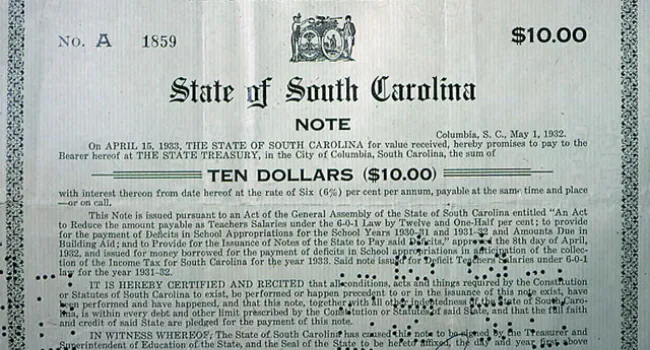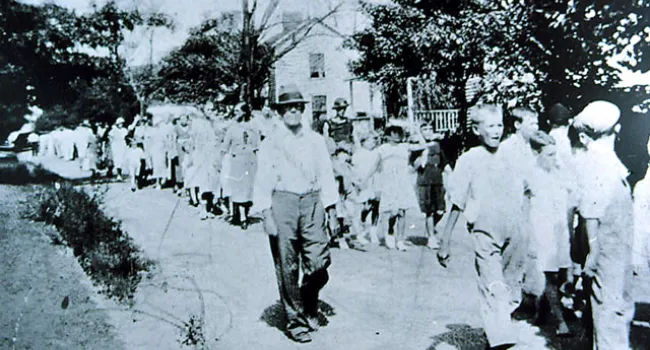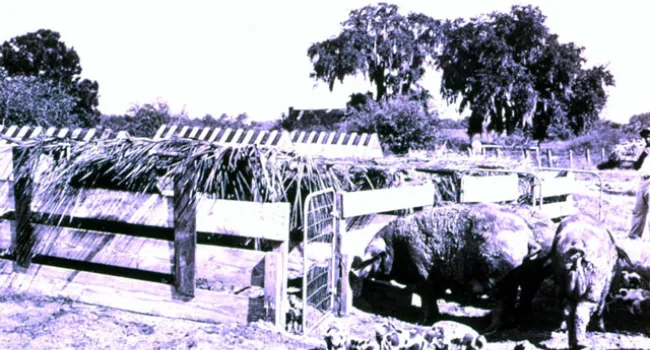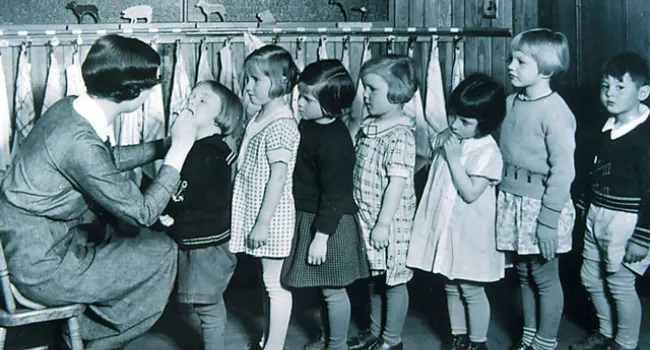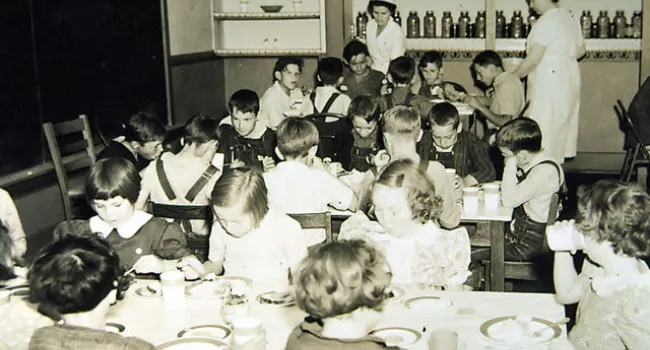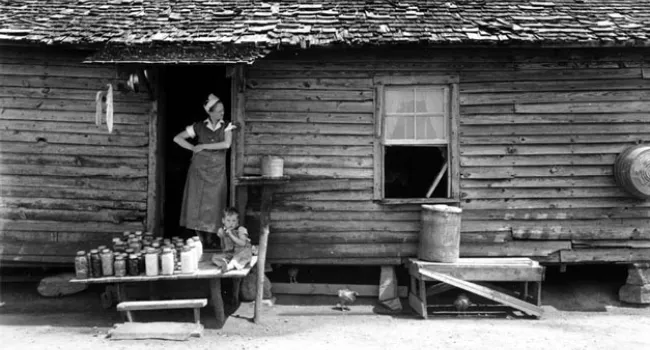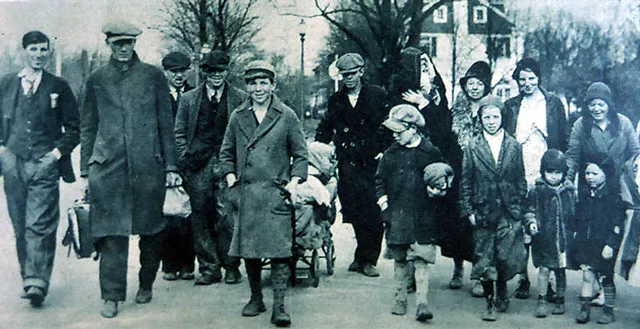
"One family's mass migration in search of better fortune: Mr. and Mrs. J.A. Aitken and their 14 children, passing through Richmond, Virginia on a hike to Springfield, Ohio from Springfield, South Carolina, where four years of cotton picking left them 'broke'." Photo from "Mid-Week Pictorial Magazine," February 11, 1933.
Courtesy of the South Caroliniana Library.
Standards
- 5.2.CO Compare the cultural and economic impacts of the 1929 Stock Market Crash on the U.S. and South Carolina.
- This indicator was designed to promote inquiry into the devastation of the Great Depression and the impact of the New Deal on a largely agricultural South Carolina. This indicator was also designed to foster inquiry into the economic diversification between World War II and the present, to include tourism, global trade and industry, and the maintenance of military bases.
- USHC.4.CC Examine the continuity and changes on the U.S. homefront surrounding World War I and World War II.
